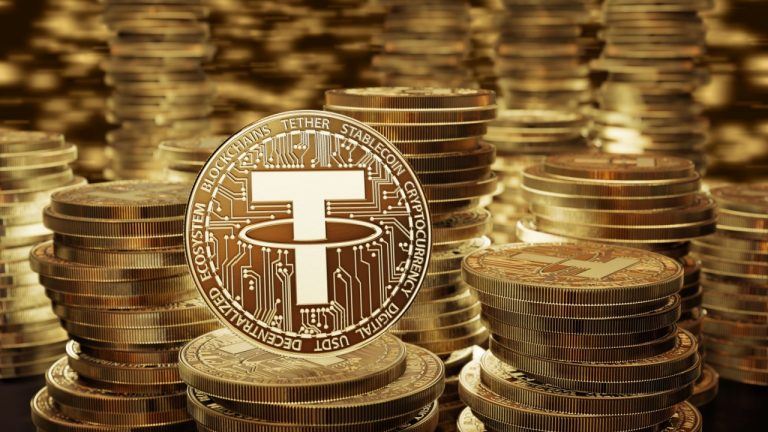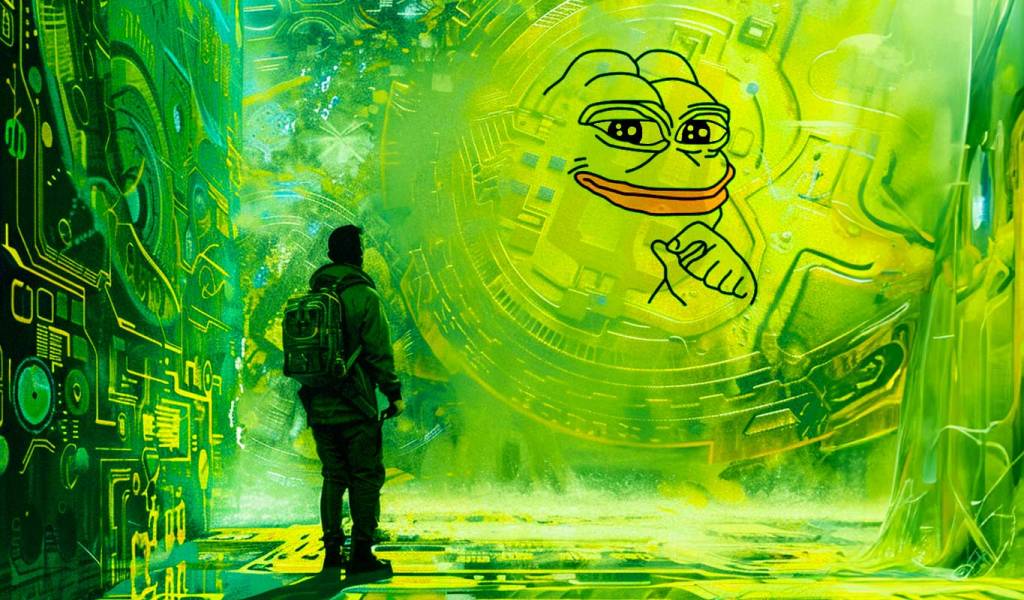
Why Wall Street is still wary of DeFi
Key Takeaways
- DeFi’s ‘gray zone’ challenges Wall Street’s traditional regulatory frameworks.
- BlackRock and Franklin Templeton lead in blockchain-based government securities.
Share this article
Wall Street’s best and brightest are diving headfirst into tokenizing real-world assets, but they’re hitting a fork in the road: do they play it safe or venture into crypto’s Wild West?
The world of finance is getting a blockchain makeover, with Wall Street leading the charge in turning traditional assets digital. But as banks and asset managers push further into this new frontier, they’re facing a tough choice: stick to the safer, controlled environments they know, or risk it all in the untamed wilderness of decentralized finance (DeFi).
DeFi, for the uninitiated, is like the crypto world’s version of financial services on autopilot. It’s a bunch of projects running on blockchains that offer lending, trading, and other “money legos” stuff without any central authority calling the shots. Sounds cool, right? Well, it’s also a regulatory minefield that’s giving traditional finance folks some serious heartburn.
Steven Hu, the digital assets guru at Standard Chartered, puts it bluntly: going full-on decentralized for tokenization just isn’t going to be “realistic or desirable” for banks. They need someone in charge to make sure everything’s on the up and up.
“There’s a critical need for centralized authority to ensure to the authenticity, the uniqueness and the proper use of the underlying asset,” Hu said.
Tokenization could be as big as $30 trillion in a decade
But here’s where it gets interesting: the tokenization market could hit a whopping $30 trillion by 2034, according to Standard Chartered’s crystal ball. Right now, we’re looking at about $13.2 billion in tokenized real-world assets, with private credit leading the pack at $8.4 billion, followed by good old US Treasuries.
Speaking of Treasuries, some big names are already making waves. BlackRock and Franklin Templeton have rolled out government securities funds that live on blockchains. They’ve pulled in nearly $1 billion in assets with their BUIDL and BENJI tokens.
While some Wall Street types are playing it safe with private blockchains, the crypto diehards are betting big on public networks. Nana Murugesan from Matter Labs is convinced that’s where the real action will be.
Franklin Templeton is dreaming big for its BENJI tokens. They’re hoping these digital bits will eventually be trading all over the crypto ecosystem. Roger Bayston, their digital assets chief, is even talking to regulators about how to make a stablecoin work in DeFi land – as long as everyone’s following the rules, of course.
BlackRock’s not sitting on the sidelines either. Their digital money market fund has raked in $527 million since March. Carlos Domingo from Securitize Markets credits its success to being available on Ethereum and letting people cash out in a snap.
DeFi is the Wild West, and there are too few cowboys (for now)
So why does all this matter? Well, Jeremy Ng from OpenEden puts it this way: “DeFi is the horse that pulls the tokenized RWA cart.” In other words, without all this crazy on-chain stuff happening, nobody would care about tokenizing boring old traditional assets.
Even the regulators are getting curious. Singapore’s financial watchdog has 24 big banks playing around with tokenization in their sandbox. Meanwhile, Goldman Sachs is doing its own thing with a private blockchain for bonds.
The million-dollar question (or should we say trillion-dollar?) is whether Wall Street will fully embrace DeFi or keep it at arm’s length. Franklin Templeton’s Bayston thinks it’s just a matter of time before everyone realizes how awesome public blockchains can be for making markets more efficient.
The line between old-school banking and crypto’s brave new world is getting blurrier by the day, almost like a tear in the matrix. Whether that’s exciting or terrifying probably depends on which side of Wall Street you’re standing on.
Share this article
Go to Source
Author: Vince Dioquino










